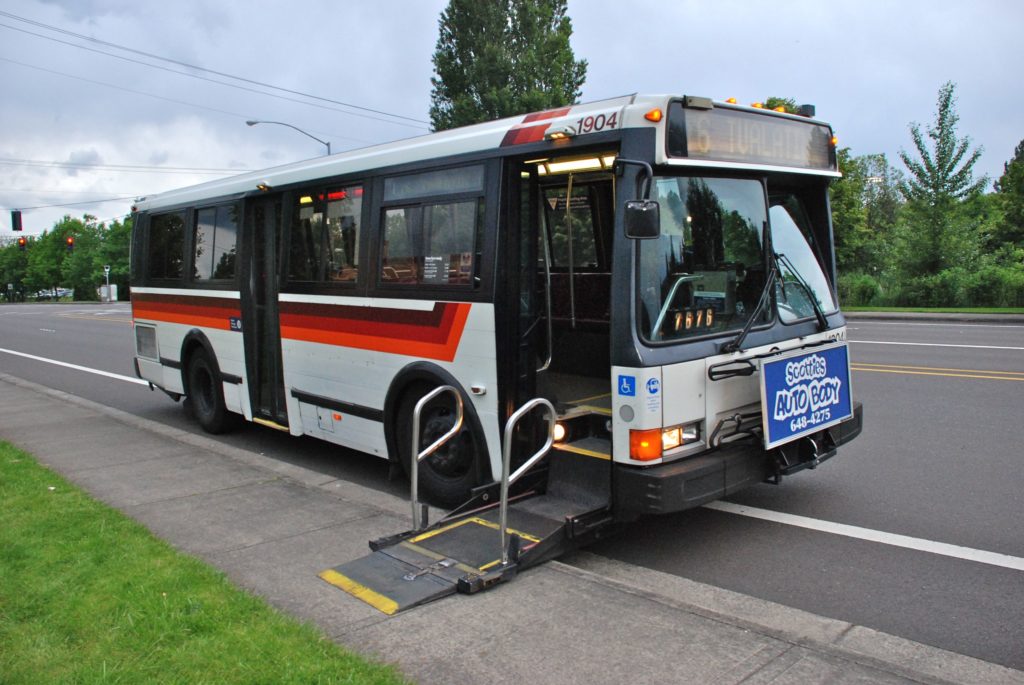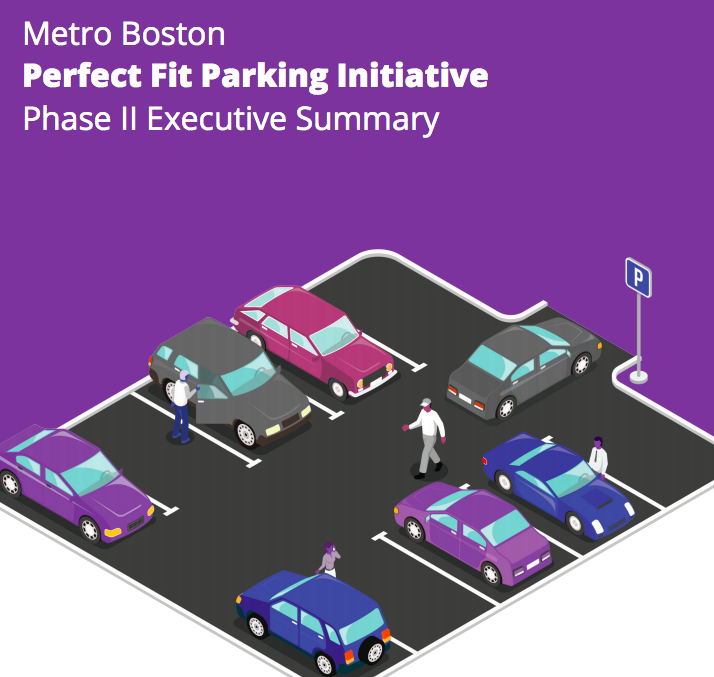What City Observatory did this week
1. CityLab: Everything you think you know about gentrification is wrong. We take a look at a recent CityLab article reporting (faithfully) the findings of some recent research on gentrification in New York City. The study, which looked at households with kids in the Medicaid program, found that low income families living in gentrifying neighborhoods were no more likely to move than those living in non-gentrifying neighborhoods. The study, like others that have been published recently (and actually, for several years) undercuts the widespread belief that gentrification is synonymous with displacement. CityLab called the findings “surprising” and “counter-intuitive” and took pains to reassure its readers that they should still feel okay about being “mortal foes” of gentrification, because, well, it’s complicated. While it may be complicated, this new study–and a growing body of evidence clearly disproves the folk wisdom equating gentrification and displacement. And efforts to backstop the argument by equating any movement by residents of low income neighborhoods with displacement, grossly oversimplifies how people escape poverty and how neighborhoods change.
2. A modest proposal: Apply the Americans with Disabilities Act to highways. For the past three decades, the landmark Americans with Disabilities Act (ADA) has prompted significant changes to the public realm, making buildings, accommodations and public transport more accessible to those with disabilities. For transit operators, the cost of providing access has been substantial: they’ve had to retrofit transit vehicles, and also offer alternatives like dial-a-ride service. We question why a similar standard isn’t applied to the nation’s highways: If you’re disabled and unable to drive a car, highways and freeways are no more accessible to you that a bus with steep stairs. But the best highway agencies can do–belatedly, and under court order–is install pedestrian ramps at freeway exits. That hardly makes the freeway itself usable for the disabled. We’d propose that highway departments be required to provide service–like fixed route buses, or dial-a-ride service–so that even those with disabilities have access to the nation’s highway system.

3. Put a price on carbon: Economists and scientists agree. It’s rare you find economists of all stripes agreeing on something, but here’s one thing: If we’re serious about doing anything to check climate change, putting a price on carbon is an essential step. There’s a short, sharp statement signed by dozens of the nation’s leading economists, including recent Nobel laureates. And if that isn’t enough, Bill Nye–the Science Guy–has weighed in with his own succinct explanation of how carbon taxes work. And Bill, who exhibited tremendous patience teaching us science when we were younger, is now visibly upset that we don’t seem to be paying attention to the seriousness of the climate crisis. His salty explanation of the economics of carbon pricing is worth a watch.
Must read
1. The Democratic Presidential candidates and America’s two housing crises. For the first time in decades, housing is showing up as a presidential election issue, with several candidates offering policy proposals. Matt Yglesias of Vox has a spot-on analysis explaining that we have two distinct housing problems. The first is that many low income people simply don’t earn enough to afford housing, and our current system of subsidies reaches fewer than a quarter of those eligible. (Most housing subsidies, delivered through the tax code, go to high income homeowners). The second problem is that cities (and the states that empower them) make it too hard to build housing in the economically prosperous cities that people want to live in. The shortage of housing in these cities drives up prices, which affects everyone. Providing more support for low income families will require the federal government to adjust its priorities; getting cities to allow more housing in high demand areas will be a tougher task for a President, because land use decisions have been effectively left to cities and to states.
2. Jenny Schuetz on the candidates positions on housing. The perfect chaser for Yglesias high level analysis of the policy issues is Brookings’ Jenny Schuetz expository for The Atlantic on the different housing proposals that each candidate is advancing. About half the candidates have advanced specific ideas. The median candidate policy is some combination of increased subsidies for housing for low income households (addressing poverty) and some federal incentives for cities to deregulate apartment construction (to address supply constraints). As she notes, one policy is conspicuous by its absence: a big expansion of public housing, something that is regularly endorsed by many on the left. The real issue may not be the wonky details, so much as the overall vision; housing policy remains mired in the past, and until we agree on what we’re trying to accomplish, real policy changes may be hard to come by. As Schuetz writes:
The United States needs an affirmative vision of a 21st-century housing policy. Since the 1950s, Washington has followed an implicit strategy of encouraging homeownership in low-density, car-centric suburbs. Today we need a new strategy that embraces the country’s assets and challenges: a more diverse population, stubborn regional economic disparities, and the ever more tangible impacts of climate change.
3. Required parking is vastly under used. One of the painful ironies of urban transportation is that we have copious information about road use, and pathetically little information about the vast amount of land and infrastructure devoted to parking. A new study from the Metropolitan Area Planning Council sheds light on how under-used apartment parking lots are in Greater Boston. Cities require developers to build, at great expense, off-street parking as a condition of getting building approval. MAPC’s survey shows that even late at night, when residents should be home and their cars parked on-site, only 70 percent of parking spaces are in use. There’s considerable variation across properties and communities: at a quarter of the sites they surveyed, fewer than half of all parking spaces were in use. But the net effect of the requirements is to require developers to build, and tenants to pay for parking that isn’t used. That drives up the cost of housing for everyone. The solution? Cities should eliminate parking requirements and wherever possible uncouple the business of selling car storage from the business of leasing apartments.



